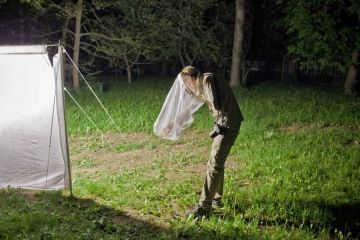In Jean Luc-Godard’s
La Mepris, Brigette Bardot runs a rosterof each of her body parts for Michel Piccoli, herhusband.Do you see my feet
in the mirror? Think they’re pretty?Very.
You like my ankles? And my knees, too?I really like your knees.And my thighs?Your thighs, too.When every part of her
body is done, she concludes, “then you love me totally.” To whichPiccoli replies, “I love you totally, tenderly, tragically.”I want to extend from
this love of body parts. For me, desire i
Continue reading “I’ll be looking at the moon but I’ll be seeing you”
Read this story with a subscription.





